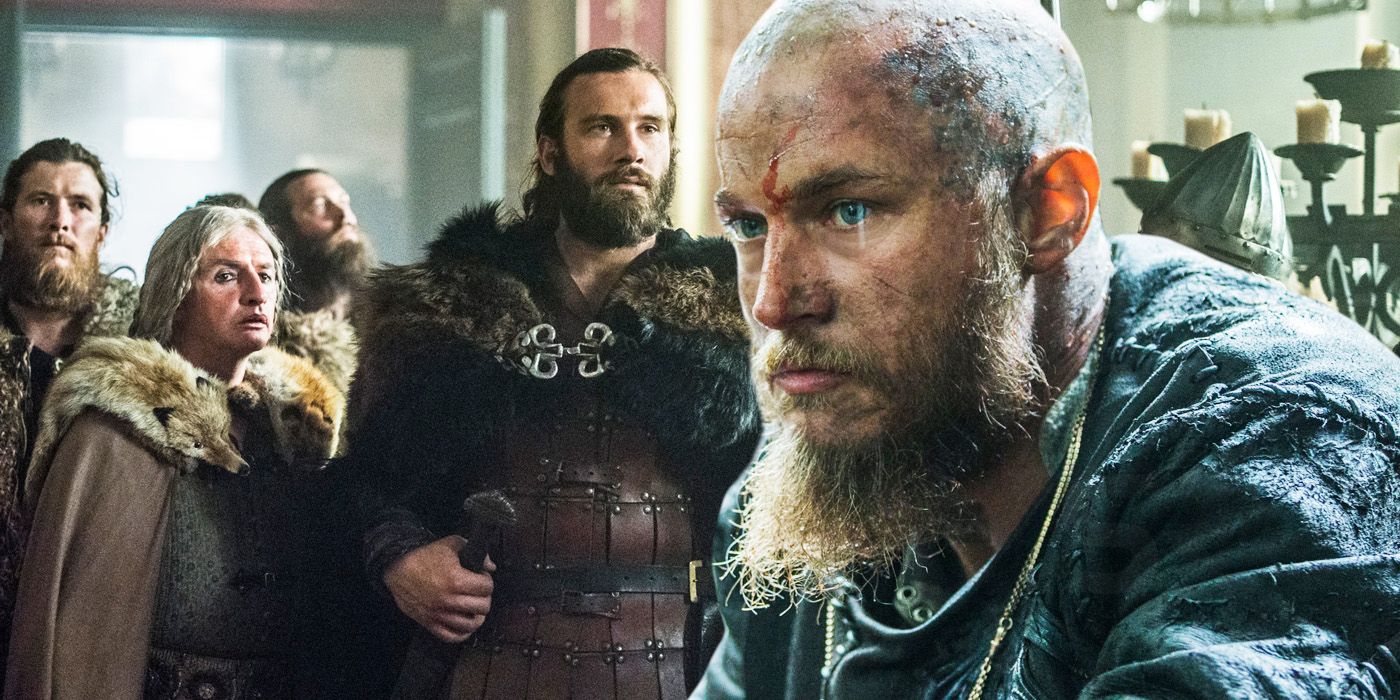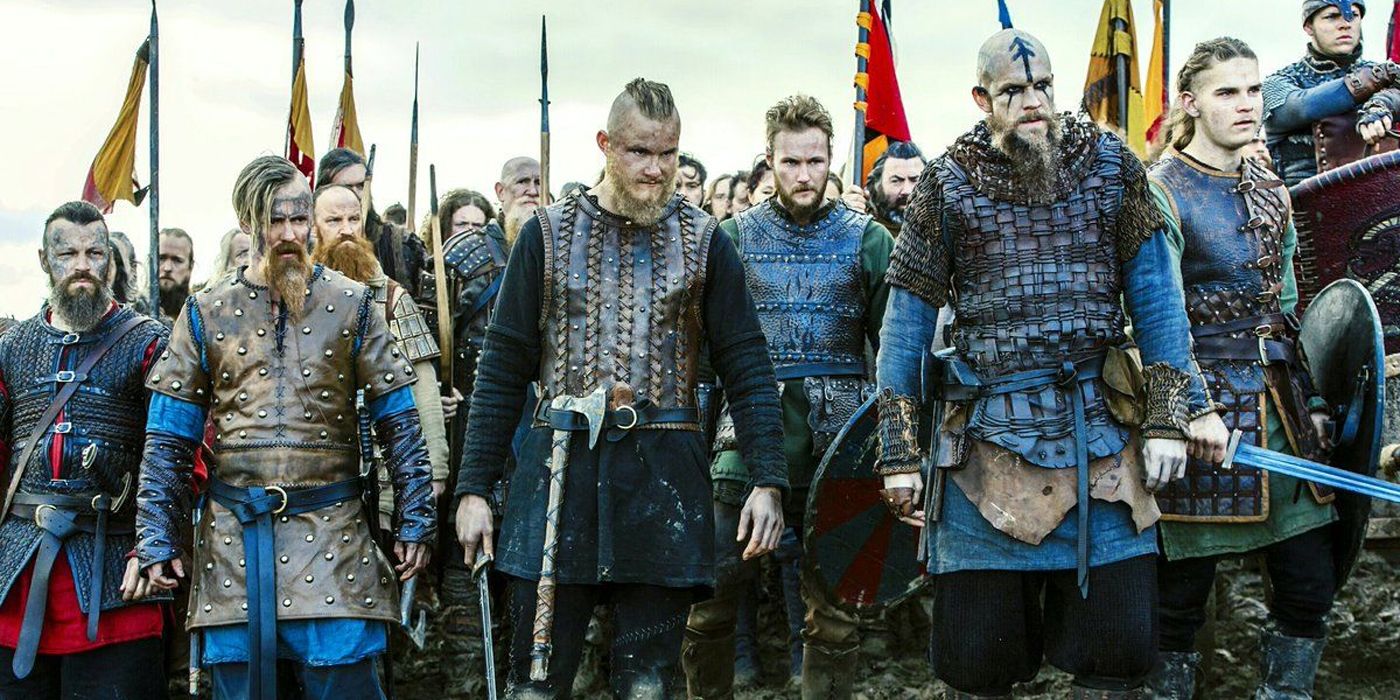The characters in Vikings speak English most of the time, but they shift to other languages many times – but what languages are they speaking in? Created by Michael Hirst, Vikings premiered on History Channel in 2013 and was originally planned as a miniseries, but it was so well received by critics and viewers that it was renewed for a second season shortly after. Vikings came to an end in 2020 after six seasons and a lot of drama, betrayals, and deaths.
Vikings initially followed the travels of legendary Norse figure Ragnar Lothbrok (Travis Fimmel) alongside his Viking brothers from the beginning of the Viking Age (marked by the Lindisfarne raid, as seen in season 1) onward. The series gradually shifted its focus to Ragnar’s sons and their own journeys, and they took over the show after Ragnar died in season 4. Although Vikings is a historical drama, it wasn’t that accurate, in big part thanks to historical records not offering much information on the matter, so writers took a lot of creative liberties, and some elements in the show ended up being a combination of fiction with historical facts.
Among those elements the series got right are the languages spoken throughout the show. Although the main language in Vikings is English as it’s an English-speaking production, the characters constantly shift from English to other languages that might not be completely clear to most viewers, and these changes turned out to be confusing to some, especially when they were all speaking English but some characters weren’t supposed to understand it or speak it, as was the case of Athelstan, who spoke English all the time and Ragnar was surprised that he knew their language when he was also speaking English.
When the Vikings are not speaking English, they are actually speaking Old Norse, and for that, they counted on the help of Erika Sigurdson, an Old Norse specialist from the University of Iceland, who translated those specific parts of the scripts into Old Norse, and with the help of dialect coach Poll Moussoulides. The characters in Vikings also speak Old English from time to time, mostly Anglo-Saxon characters, for which Dr. Kate Wiles from Leeds University translated those parts of the scripts. Speaking to TV Insider back in 2015, Poll Moussoulides shared that Old Norse is very close to Old Icelandic, and for the French characters in the show, they used Old Low Franconian, based on words collected from old psalms and poems, and other parts were translated to Latin, so Vikings ended up having a collection of resurrected languages that some historians were glad could be brought to life.
On the other hand, in scenes that involved large groups of Norsemen, as were the many battles throughout Vikings, the background voices were actually a combination of Icelandic, Danish, Norwegian, and Swedish, as they didn’t really need the audience to understand what they were yelling during the battle (and it’s not like it’s intelligible anyway), but they had to keep it true to their origins. As mentioned above, Vikings wasn’t historically accurate all the time, but the production crew paid special attention to details like the languages the characters would have spoken at the time and did a great job in bringing them to life.


